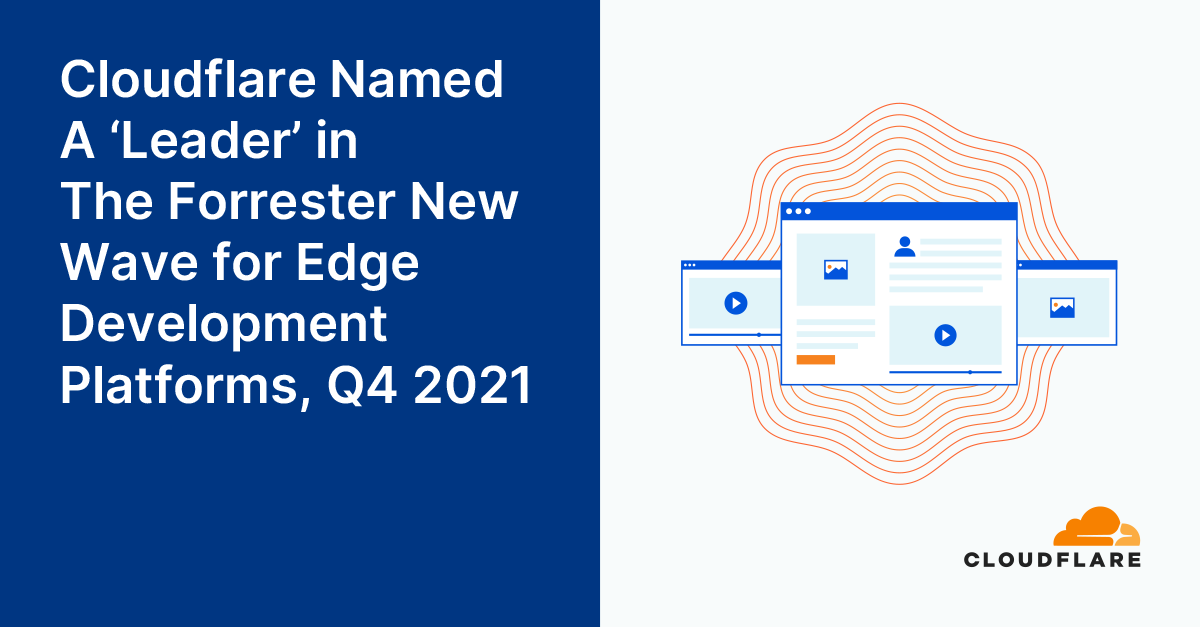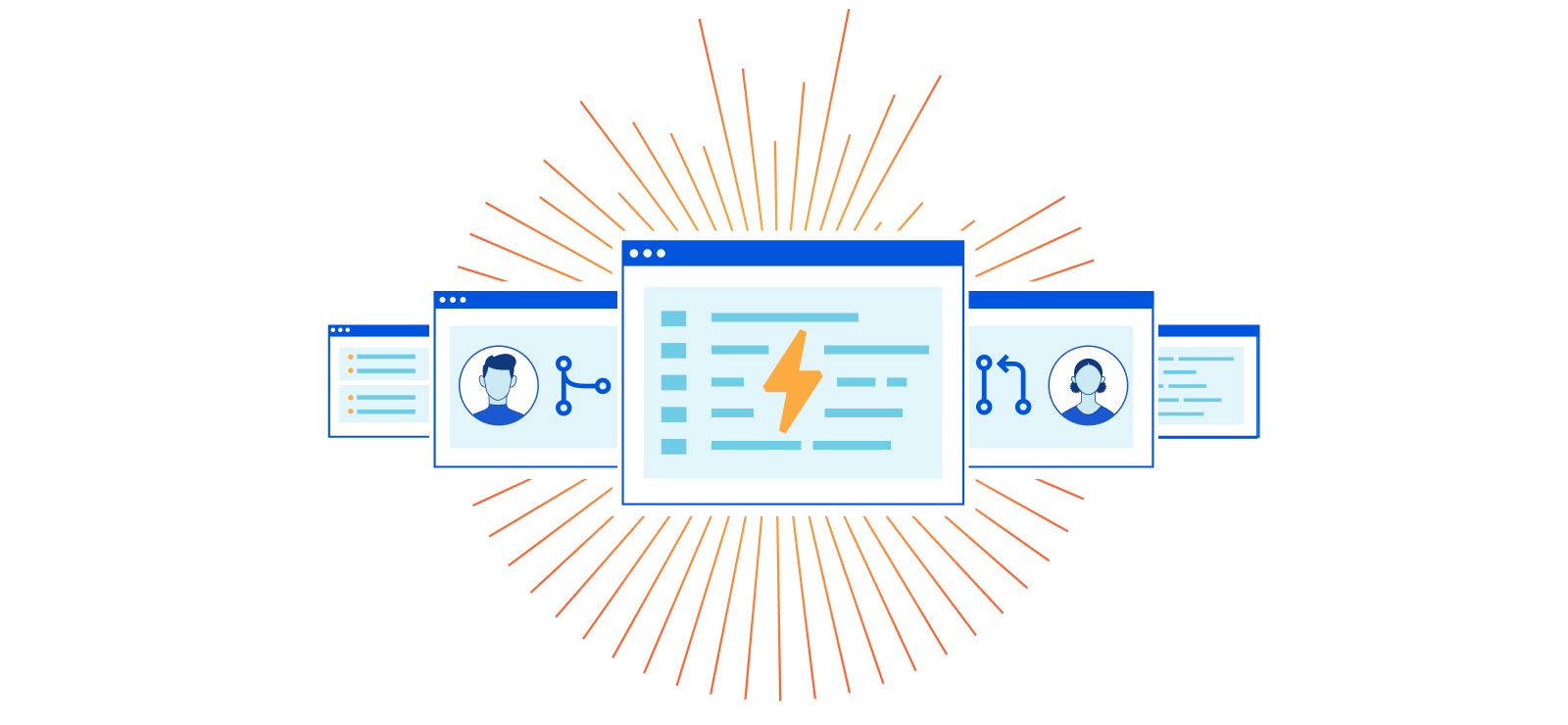Day Two Cloud 121: Building Cool Things With GraphQL And AWS AppSync
Today's Day Two Cloud is a nerdy show on GraphQL and AWS AppSync and what you can do with these tools. Our guest is Amrut Patil, a senior software engineer using these tools.Day Two Cloud 121: Building Cool Things With GraphQL And AWS AppSync
Today's Day Two Cloud is a nerdy show on GraphQL and AWS AppSync and what you can do with these tools. Our guest is Amrut Patil, a senior software engineer using these tools.
The post Day Two Cloud 121: Building Cool Things With GraphQL And AWS AppSync appeared first on Packet Pushers.
Sponsored Post: Wynter, Pinecone, Kinsta, Bridgecrew, IP2Location, StackHawk, InterviewCamp.io, Educative, Stream, Fauna, Triplebyte

Who's Hiring?
- Wynter is looking for system administrators, engineers, and developers to join its research panel. Participate in research surveys, get paid ($90-$180/hr) for your feedback and comments. Super low key commitment, 10-15 mins per survey. Learn more and sign up.
- DevOps Engineer: At Kinsta, we set out to create the best managed hosting platform in the world. If you are an experienced DevOps Engineer who is constantly looking for ways to innovate and improve, we might just be the place for you! As Kinsta’s DevOps Engineer, you will be instrumental in making sure that our infrastructure is always on the bleeding edge of technology, remaining stable and high-performing at all times. If you love working with Linux, have a background in PHP, and have worked with cutting-edge technologies, such as Ansible and LXC, check us out and apply here.
- SysOps Engineer: As Kinsta’s SysOps Engineer, you’ll play a key role in caring for the health of our servers, preventing issues, and responding immediately to mitigate any problems in our infrastructure. If you have experience in hosting and with the WordPress stack, have worked with Ubuntu or Debian-based systems, and cutting-edge technologies, such Ansible and Continue reading
The VMworld Aftermath: Continue Cutting Edge Learning with VMware’s Solution Spotlight 2021 Webcast Series
If you attended VMworld 2021 and you’re already itching for more learning, we have just the thing for you. Join our new upcoming VMware Solution Spotlight 2021 webcast series. You will be able to extend your learning and get answers to your burning questions by taking a technical deep dive into the innovations that are driving the Virtual Cloud Network.
The series experts will be hosting a live Q&A session and will be covering:
- The next step delivering converged network and security services with SASE – secure access service edge
- How cyberthreats and vulnerability exploits are accelerating the transformation of application security
- Advancements to the VMware security portfolio, including segmentation, distributed IDS/IPS, and advanced threat protection (ATP) inside the data center at scale
The three-part Cloud Networking Thursday series will take place on November 11th, November 18th, and wrap up on December 2nd.
Check out a brief synopsis of each session to see the right fit for you:
Learn How Your Enterprise Gets the Edge with SASE (11/11):
- Secure access service edge (SASE) is the next step in the evolution of SD-WAN, and VMware has a unique approach to Continue reading
Hedge 106: Compositional Network Modeling and Zen
One topic of constant discussion among network engineers is the basic problems surrounding network modeling, which leads to configuration, telemetry, and troubleshooting. In this episode of the Hedge, Ryan Beckett, Tom Ammon, and Russ White discuss Zen, a general framework for compositional network modelling.
Arista Partnering with Google Cloud to Deliver Hybrid Cloud and Multi-Cloud Connectivity
Arista has a long history of joint development with hyper-scale cloud providers delivering innovative solutions for a broad range of customers. Our integration with Google Cloud and Network Connectivity Center is a testament to that ongoing innovation and abstracting complex networking challenges making them simple and agile for IT clients worldwide.
AMD Datacenter Sales Break Through $1 Billion In Q3
Here is a moment that Lisa Su, the chief executive officer who has lead the team that brought AMD back into the datacenter with the vigor the market needs, has been waiting six years for. …
AMD Datacenter Sales Break Through $1 Billion In Q3 was written by Timothy Prickett Morgan at The Next Platform.
Cloudflare recognized as a ‘Leader’ in The Forrester New Wave for Edge Development Platforms


Forrester’s New Wave for Edge Development Platforms has just been announced. We’re thrilled that they have named Cloudflare a leader (you can download a complimentary copy of the report here).
Since the very beginning, Cloudflare has sought to help developers building on the web, and since the introduction of Workers in 2017, Cloudflare has enabled developers to deploy their applications to the edge itself.
According to the report by Forrester Vice President, Principal Analyst, Jeffrey Hammond, Cloudflare “offers strong compute, data services and web development capabilities. Alongside Workers, Workers KV adds edge data storage. Pages, Stream and Images provide higher level platform services for modern web workloads. Cloudflare has an intuitive developer experience, fast, global deployment of updated code, and minimal cold start times.”

Reimagining development for the modern web
Building on the web has come a long way. The idea that one might have to buy a physical machine in order to build a website seems incomprehensible now. The cloud has played a major role in making it easier for developers to get started. However, since the advent of the cloud, things have stalled — and innovation has become more incremental. That means that while developers Continue reading
Custom Headers for Cloudflare Pages


Until today, Cloudflare Workers has been a great solution to setting headers, but we wanted to create an even smoother developer experience. Today, we're excited to announce that Pages now natively supports custom headers on your projects! Simply create a _headers file in the build directory of your project and within it, define the rules you want to apply.
/developer-docs/*
X-Hiring: Looking for a job? We're hiring engineers
(https://www.cloudflare.com/careers/jobs)What can you set with custom headers?
Being able to set custom headers is useful for a variety of reasons — let’s explore some of your most popular use cases.
Search Engine Optimization (SEO)
When you create a Pages project, a pages.dev deployment is created for your project which enables you to get started immediately and easily preview changes as you iterate. However, we realize this poses an issue — publishing multiple copies of your website can harm your rankings in search engine results. One way to solve this is by disabling indexing on all pages.dev subdomains, but we see many using their pages.dev subdomain as their primary domain. With today’s announcement you can attach headers such as X-Robots-Tag to hint to Google and other search Continue reading
Ansible for AWS: Introduction to Spot Instance Automation
What are Spot Instance and Spot Instance Requests?
A Spot Instance is an instance that uses spare AWS EC2 capacity that is available for less than the On-Demand price. Because Spot Instances provide the ability to request unused EC2 instances at steep discounts, it can lower your Amazon EC2 costs significantly.
Spot Instances are a cost-effective choice if you can be flexible about when your applications run and whether your applications can be interrupted. For example, Spot Instances are well-suited for data analysis, batch jobs, background processing, and optional tasks.
Managing Spot Instances with Ansible
So you want to manage your Spot Instance Requests with Ansible Automation Platform? When it comes to managing AWS resources, the Ansible Amazon AWS Collection includes a variety of Ansible content to help automate the management of AWS instances. Using Ansible to automate applications in AWS greatly increases the chances that your cloud initiative will be a success.
With the latest addition of new modules to the Ansible Amazon AWS Collection, we have introduced two new modules to help manage Spot Instance Requests efficiently.
The ec2_spot_instance module helps in creating as well as terminating the Spot Instance Requests, while it’s companion module, Continue reading
EVPN/VXLAN Complexity
We have school holidays this week, so I’m reposting wonderful comments that would otherwise be lost somewhere in the page margins. Today: Minh Ha on complexity of emulating layer-2 networks with VXLAN and EVPN.
Dmytro Shypovalov is a master networker who has a sophisticated grasp of some of the most advanced topics in networking. He doesn’t write often, but when he does, he writes exceptional content, both deep and broad. Have to say I agree with him 300% on “If an L2 network doesn’t scale, design a proper L3 network. But if people want to step on rakes, why discourage them.”
EVPN/VXLAN Complexity
We have school holidays this week, so I’m reposting wonderful comments that would otherwise be lost somewhere in the page margins. Today: Minh Ha on complexity of emulating layer-2 networks with VXLAN and EVPN.
Dmytro Shypovalov is a master networker who has a sophisticated grasp of some of the most advanced topics in networking. He doesn’t write often, but when he does, he writes exceptional content, both deep and broad. Have to say I agree with him 300% on “If an L2 network doesn’t scale, design a proper L3 network. But if people want to step on rakes, why discourage them.”
vmWare vRealize Automation (with embedded vRO) – Full Example of Custom Resources for Executing Ansible Playbooks from Blueprints
This articles exists because I spend a lot of time in the last year inside vmware vRealize Automation (vRA) that includes an embedded vRealize Orchestrator (vRO) on a undisclosed project. And the main take-away is that the documentation in certain aspects that are on the edge of new features of vRA/vRO are, to put it mildly “documented in a very chaotic way”. Additionally, what worked in vRA 8.0 – 8.2 suddenly stopped working in 8.3 and 8.4 when upgraded. So this product is not yet as stable as I would like and for this article it means that it will probably be completely outdated in a year or so. Nevertheless I wanted to put together a simple example that is working end-to-end and providing practical jump of point for building more.
And I have decided that bridging vRA/vRO with traditional Ansible playbook is a good idea for an example. Because it combines the vRAs great Infrastructure As A Code (IaaS) capabilities of using blueprints with a more infrastructure focused automation of Ansible. We will be building an abstract object on a blueprint (these types of objects are called “custom resource” because you are defining what they Continue reading
China Has Already Reached Exascale–On Two Separate Systems
Native CPU and accelerator architectures that have been in play on China’s previous large systems have been stepped up to make China first to exascale on two fronts. …
China Has Already Reached Exascale–On Two Separate Systems was written by Nicole Hemsoth at The Next Platform.

